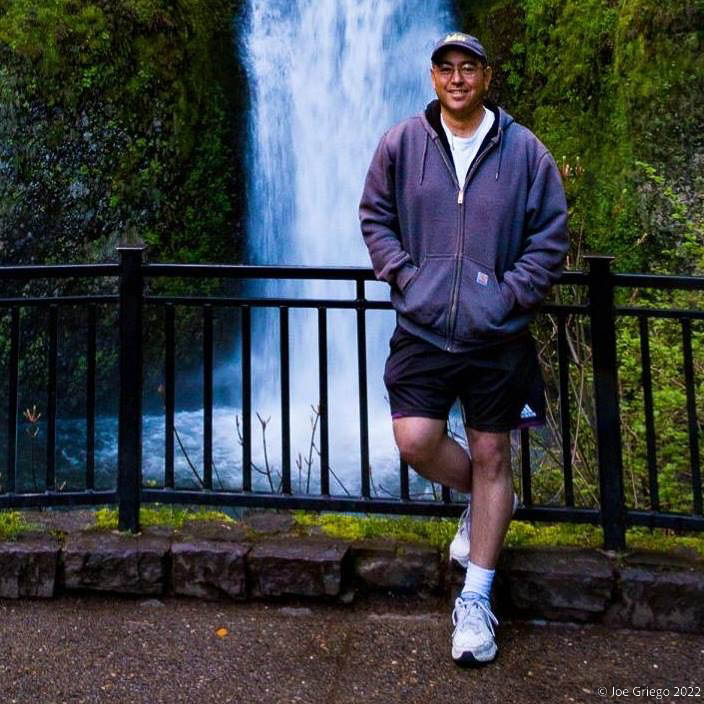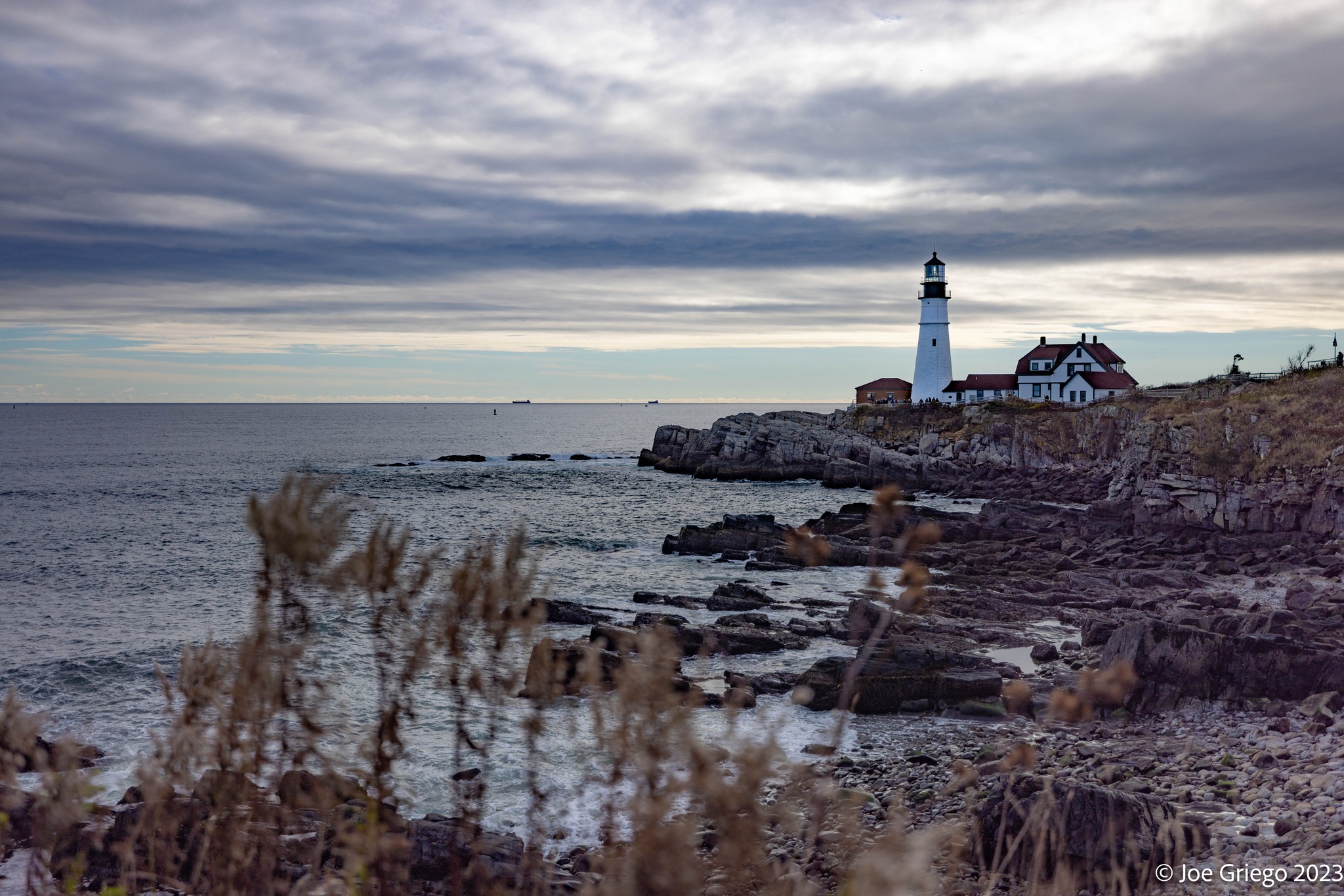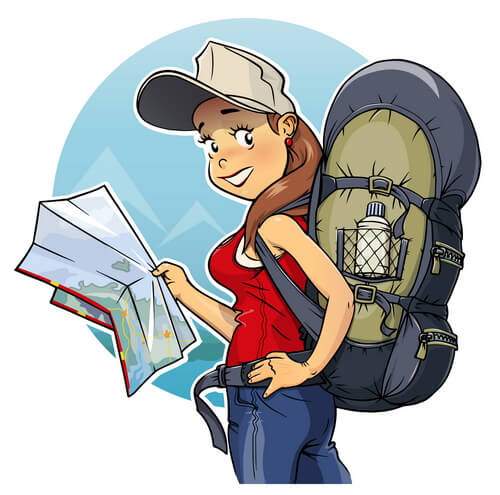Thanks. I’m fortunate to live in the area, and just happened to be able to pull over and take this one. Not too bad for handheld, I think.
I’m just this guy, you know?
- 3 Posts
- 6 Comments

 2·1 year ago
2·1 year agoThanks - I’ve never been to Maine before, so this was a fun trip. It was a bit cloudy when I was there (although not raining), and the colors weren’t as vibrant as they could be, so I made a choice to develop in black and white. But, here’s on in color, from the same day…


 1·1 year ago
1·1 year agoIt’s gotta be my Helinox Chair Zero. Sure, I’ve got to turn in my Ultralight credentials by bringing it, but damn, it sure feels great to sit comfortably, enjoy a nice cup of coffee in the morning relaxing and reclining in comfort, or chatting by a fire over dinner while sitting in pure comfort.
I don’t always bring it backpacking, but when I do, I never regret it.
Cheers.
Sure. I’m definitely of the opposite mindset. “Buy once , cry once,” is my philosophy. I wasted too much time and money in my youth, so always try to save up for quality items.
Which isn’t to say that one can’t find inexpensive things that are of good quality, of course.
Cheers.
So, as a long time backpacker, I found my holy grail series of packs from Nunatak gear.
A couple of seasons ago, I ran into someone beta-testing a Nunatak “Bears Ears 50” model pack. It carries a bear canister at the bottom of the pack, at the hip. It’s such an obvious and simple idea, and it’s amazing that no one else really ever designed it. But Jan over at Nunatak build this for himself, as a climber as well as a backpacker, who often spends time where a bear canister is required.
I live in Bishop, California, and all of the areas nearest me require bear canisters for overnight trips. So, I was intrigued.
I checked out the pack that this guy was beta testing, and when I asked what he liked best, the answer surprised me. I thought it would be the weight distribution, or the minimal pack weight, but instead he pointed out that the hip-belt water bottle holders were the best he’d used.
I was using an Osprey Exos at the time, and this was a major frustration for me. Water bottles slid easily into the side pockets, which are angled for ease of use, pulling a bottle in or out. But it turns out that if you bend over (to tie your shoe, or pick something up off the ground, or even lean over to take a photo) then a full bottle would slide out. I use Smartwater bottles, as most do these days, and when it happened one one trip, the darned bottle hit a rock and cracked, making it useless to me. Frustrating.
The Nunatak uses a water bottle holder that is just foolproof. They don’t fall out, are ultralight, and are mounted slightly behind the hip, making it so your arms don’t hit them when hiking, but are still very easy to reach.
The unique bear can system is also perfect for me. Having a canister lowest in the pack makes for a much more natural weight distribution while hiking and especially when climbing or boulder scrambling. The Nunatak Bears Ears is perfect for that.
The original Bears Ears 50 is frameless, and that works fine for me almost all of the time, but Jan has designed framed versions that are now available, as well. For a pack with up to a 30-lb load rating, it is ultralight, and durable.
Oh, you don’t HAVE to carry a bear canister, either. Nunatak sells a bag-in-lieu-of-canister solution, which I have used in areas that don’t require a bear canister. It’s basically a bag roughly the size of a standard bear canister that you can stuff with anything you like, and put it in the place where the bear canister would go. I’ve stuffed it with my quilt, and extra water bottles, when I was hiking in an area that didn’t require a canister.
Anyway, here’s the link to their site for their Bears Ears series of packs:

Precisely. I live near Yosemite National Park, and it would be an absolute disaster if there were enough hotels, campgrounds, and amenities to meet the demand. The demand FAR exceeds its capacity for tourists, but it would destroy the very reason for that demand if that actually happened.
So what did they do? Set rules for the number of tourists allowed in the park per day, and stuck to it.